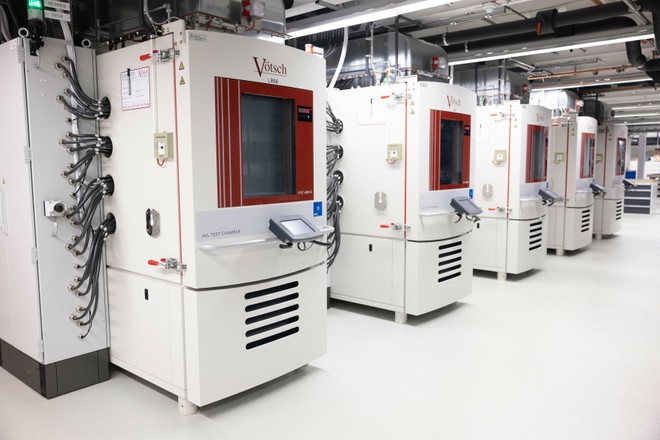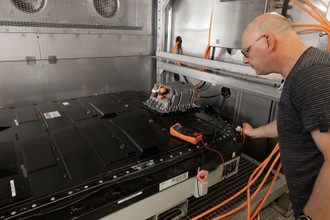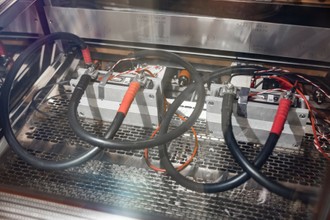
Battery development is; important to push the spread of electric cars. After all, when evaluating the purchase of an electric model, both autonomy and performance in terms of recharging are significantly taken into account. . For this, Audi is investing heavily in the field of accumulator development. The house with the 4 rings directly manages the design and development of the cells, verifying the performance of the accumulators at the Audi Battery Technology Center in Gaimersheim, Bavaria.
It is a research and development center where technicians work to find the optimal balance between high density; energy and maximum speed; charging. A complex job that requires a long planning and many tests. The house with the 4 rings shows, in fact, that the tests on the accumulators begin four years before the production of a car. The aim is not only to reach a high peak power but also to guarantee a constant charging curve. In this place, therefore, & quot; are born & quot; batteries for the Audi e-tron.
At the Audi Battery Technology Center in Gaimersheim, technicians don't just focus on cells. No less relevant are power electronics , thermal management of accumulators and high voltage peripheral components. The constructor adds that in addition to the density; energy and charging power, the cells must satisfy the most high standards in terms of durability and security .
STRESS TEST 

For this reason, inside this research and development center which occupies an area of 4,400 square meters, both the battery system as a whole and the cells taken individually are subjected to multiple tests. Audi says that the stress tests are carried out by technicians on the basis of different charging profiles, inside special climatic chambers with temperatures that can vary between -30 and +60 degrees.
To evaluate the effects of aging on the cells, the manufacturer exposes them to high temperatures for 12 months. It is a treatment that simulates a life cycle of 15 years. At the same time, special test benches simulate, in a short time, the distance of about 300 thousand km. A ci & ograve; add multiple crash tests and overload tests. Potentially, Audi claims to be able to simulate many usage scenarios to test batteries.


That's why, as mentioned at the beginning, the checks start 4 years before the production of a car. This way there is all the time to make changes and refinements. In addition to the test center, Gaimersheim hosts the production of prototype batteries .
Best hardware at a small price? Little X3 Pro, buy it at the best price from Amazon at 249 euros .

